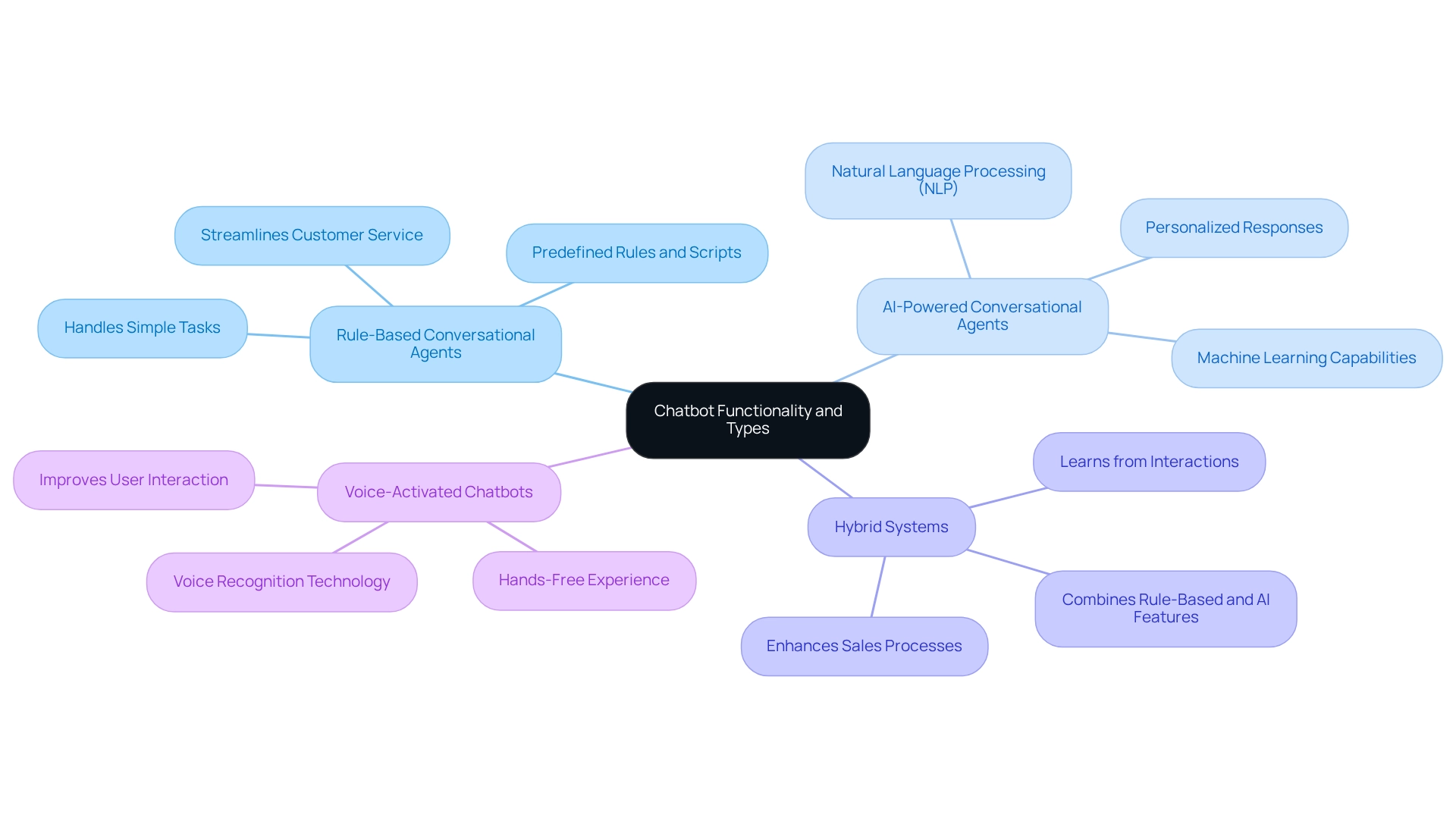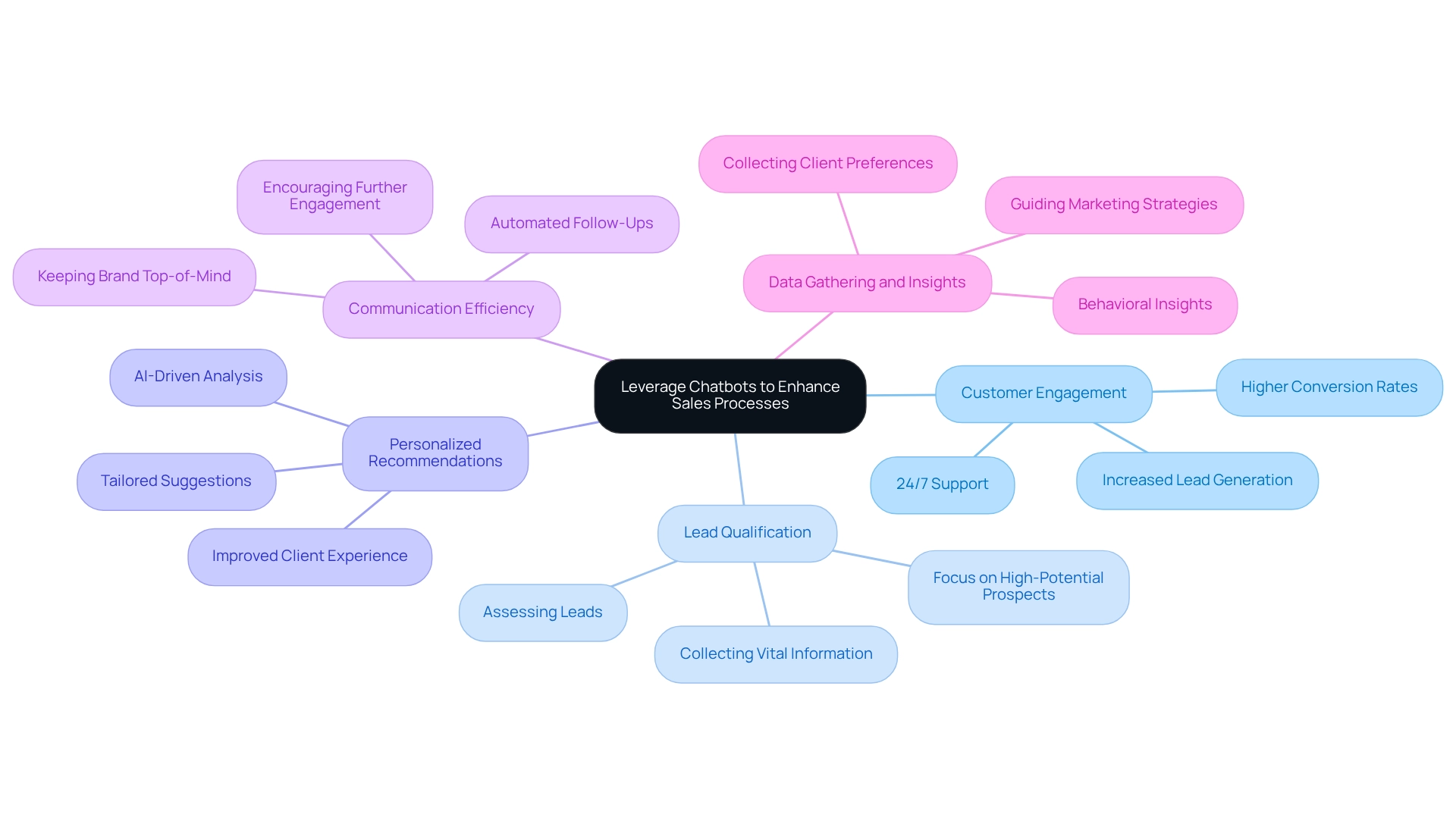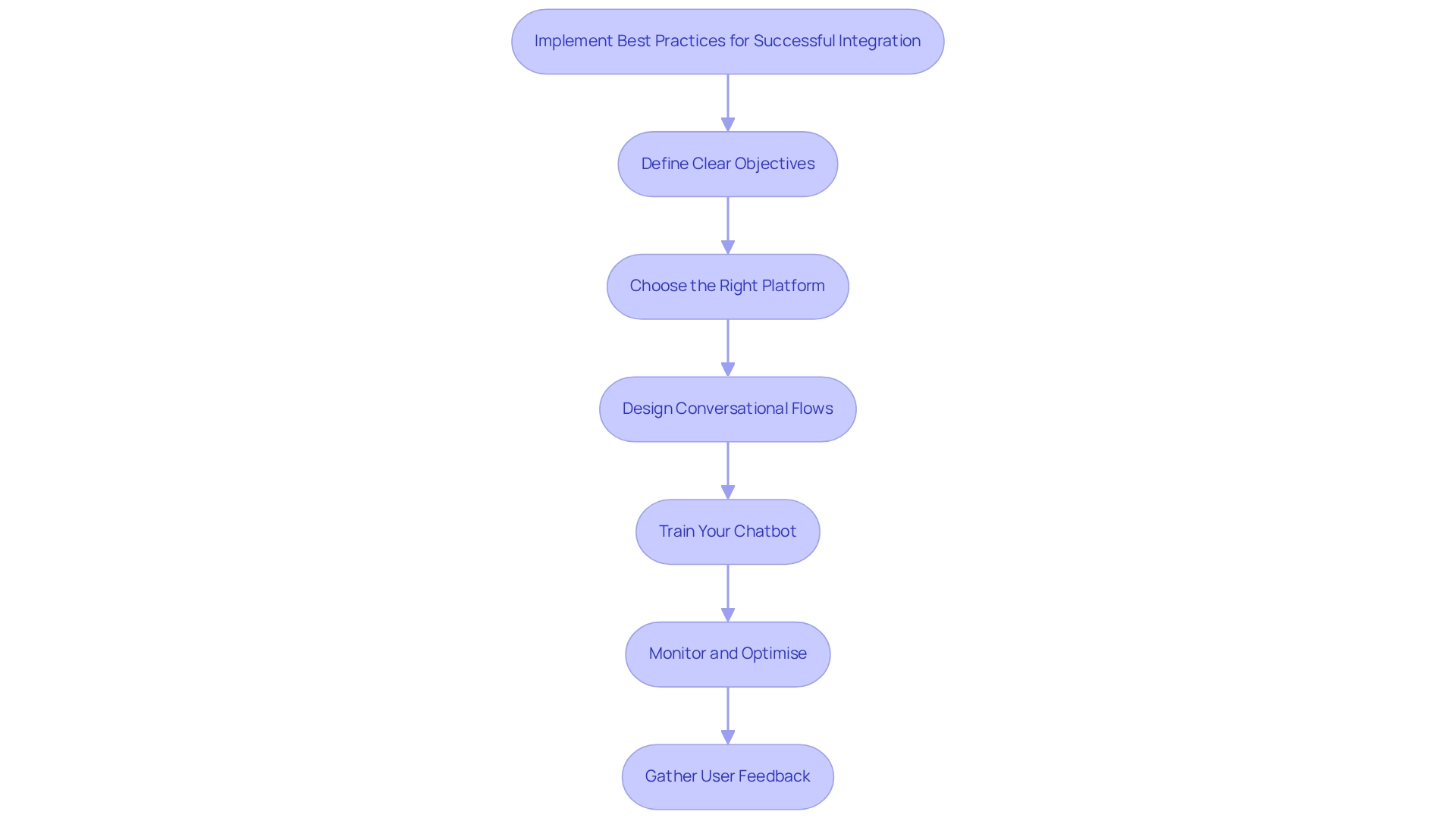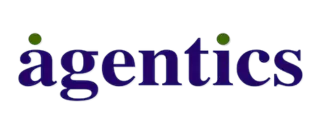
Chat Bots: Strategies to Enhance Sales Processes Effectively
GeneralKey Highlights:
- Chatbots are categorised into types based on functionality: Rule-Based, AI-Powered, Hybrid Systems, and Voice-Activated.
- Rule-Based Chatbots follow predefined scripts for simple tasks, enhancing customer service efficiency.
- AI-Powered Chatbots utilise NLP and machine learning for complex interactions, offering personalised responses.
- Hybrid Systems combine rule-based and AI features, adapting over time to improve performance.
- Voice-Activated Chatbots enhance user experience through voice recognition technology.
- To leverage chatbots in sales, strategies include: 24/7 customer engagement, lead qualification, personalised recommendations, communication efficiency, and data gathering.
- Best practises for chatbot integration involve defining clear objectives, choosing the right platform, designing engaging conversational flows, training the chatbot, monitoring performance, and gathering user feedback.
Introduction
In the rapidly evolving landscape of digital communication, chatbots have emerged as powerful tools capable of transforming how businesses engage with customers. By understanding the various types of chatbots—ranging from rule-based systems to sophisticated AI-powered solutions—organisations can tailor their approach to meet specific needs and enhance customer interactions.
Whether aiming for 24/7 support or personalised recommendations, integrating chatbots into sales processes offers a strategic advantage. However, successful implementation requires careful planning, clear objectives, and ongoing optimization.
This article delves into the functionality of chatbots, strategies for leveraging them effectively in sales, and best practises for seamless integration, providing valuable insights for businesses eager to elevate their customer engagement efforts.
Understand Chatbot Functionality and Types
Chatbots can be categorised into several types based on their functionality, each offering unique advantages that enhance business communication and customer engagement, particularly through Agentics’ tailored voice AI solutions.
-
Rule-Based Conversational Agents: These bots adhere to predefined rules and scripts to respond to user queries. They excel at handling simple, repetitive tasks such as FAQs with chatbots, enabling businesses to streamline their customer service processes effectively.
-
Chatbots, which are AI-Powered Conversational Agents, leverage natural language processing (NLP) and machine learning to comprehend and respond to complex queries, making them ideal for dynamic interactions. Agentics’ AI solutions further elevate these interactions by delivering personalised responses based on user data.
-
Hybrid Systems: By merging the features of rule-based and AI-powered systems, hybrid bots manage a wide range of inquiries while learning from interactions to enhance their performance over time. This adaptability is crucial for companies aiming to refine their sales processes through the use of chatbots.
-
Voice-Activated Chatbots: These chatbots employ voice recognition technology to engage users, providing a hands-free experience that significantly improves user interaction. Agentics specialises in voice AI solutions, empowering enterprises to harness this technology effectively.
Understanding these categories enables companies to select the appropriate chatbots for their transaction processes, ensuring they meet client expectations efficiently while boosting productivity through Agentics’ cutting-edge solutions.

Leverage Chatbots to Enhance Sales Processes
To effectively leverage chatbots in sales processes, consider the following strategies:
-
Customer Engagement: Implement chatbots to provide round-the-clock support, ensuring that potential customers can engage with your business at any time. This strategy can significantly increase lead generation and conversion rates.
-
Lead Qualification: Utilize chatbots to assess leads by posing specific inquiries and collecting vital information prior to transferring them to sales agents. This approach simplifies the revenue process and enables sales groups to concentrate on high-potential prospects.
-
Personalized Recommendations: Chatbots can be utilized effectively in various applications. AI-driven chatbots can analyze client data and behavior to offer tailored suggestions for customized product options, thereby improving the client experience and boosting the chances of purchases.
-
Communication Efficiency: Chatbots can streamline automated follow-ups to leads who have expressed interest but have not yet converted, keeping your brand top-of-mind and encouraging further engagement.
-
Data Gathering and Insights: Chatbots can collect valuable information on client preferences and behaviors, providing insights that can guide marketing strategies and enhance overall performance.

Implement Best Practices for Successful Integration
To ensure the successful integration of chatbots into your sales processes, it is imperative to follow these best practices:
-
Define Clear Objectives: Clearly outline your goals prior to implementation. Whether your aim is to enhance client service, increase sales, or improve lead generation, having defined objectives is crucial.
-
Choose the Right Platform: Select a chatbot platform that aligns with your business needs. Consider factors such as scalability, customisation options, and the ease of integration with existing systems to ensure a seamless fit.
-
Design Conversational Flows: Create engaging and intuitive conversational flows. These flows should guide users through their interactions, ensuring a seamless experience that encourages engagement and conversion.
-
Train Your Chatbot: Invest time in training your chatbot using real customer interactions. This practice will significantly improve its understanding of user intent and enhance its ability to provide relevant responses.
-
Monitor and Optimise: Continuously monitor the performance of your chatbot using analytics tools. Gathering insights on user interactions will allow you to optimise the chatbot’s responses, improving its effectiveness over time.
-
Gather User Feedback: Implement mechanisms for users to provide feedback on their chatbot experience. This information is invaluable for making necessary adjustments and improvements, ensuring the chatbot meets user expectations.

Conclusion
The integration of chatbots into business operations marks a pivotal advancement in enhancing customer engagement and streamlining sales processes. By comprehensively understanding the various types of chatbots—from rule-based systems to advanced AI-powered solutions—businesses can strategically select the technology that best aligns with their unique needs. Each type presents distinct advantages, whether simplifying customer service or delivering personalised interactions through sophisticated data analysis.
To fully capitalise on the benefits of chatbots, organisations must adopt strategic approaches that include:
- Ensuring 24/7 customer engagement
- Automating lead qualification
- Providing tailored recommendations
These strategies not only elevate the customer experience but also boost conversion rates, ultimately driving sales growth. Moreover, the valuable data collected through chatbots can yield insights that refine sales strategies and guide future business decisions.
Successful implementation of chatbots necessitates meticulous planning and adherence to best practises. Critical steps in this endeavour include:
- Defining clear objectives
- Selecting the appropriate platform
- Designing effective conversational flows
Continuous monitoring and optimisation, coupled with user feedback, will ensure that chatbots evolve in tandem with customer expectations and technological advancements.
In conclusion, the thoughtful integration of chatbots into sales processes transcends mere trendiness; it is a strategic imperative for businesses aspiring to excel in a competitive digital landscape. By harnessing the power of chatbots, organisations can enhance customer interactions, drive sales efficiency, and ultimately achieve sustainable growth.
Frequently Asked Questions
What are the main types of chatbots based on functionality?
The main types of chatbots are Rule-Based Conversational Agents, AI-Powered Conversational Agents, Hybrid Systems, and Voice-Activated Chatbots.
What are Rule-Based Conversational Agents?
Rule-Based Conversational Agents are chatbots that follow predefined rules and scripts to respond to user queries, excelling at handling simple, repetitive tasks like FAQs.
How do AI-Powered Conversational Agents differ from Rule-Based Agents?
AI-Powered Conversational Agents use natural language processing (NLP) and machine learning to understand and respond to complex queries, allowing for more dynamic interactions compared to Rule-Based Agents.
What are Hybrid Systems in the context of chatbots?
Hybrid Systems combine features of both rule-based and AI-powered systems, enabling them to handle a wide range of inquiries while learning from interactions to improve performance over time.
What are Voice-Activated Chatbots?
Voice-Activated Chatbots utilise voice recognition technology to engage users, providing a hands-free experience that enhances user interaction.
How can companies benefit from understanding chatbot categories?
By understanding the different types of chatbots, companies can select the appropriate ones for their transaction processes, ensuring they meet client expectations and enhance productivity.
Enjoyed this post? Share it with your network!
10 Best AI Sales Tools to Boost Your Team’s Performance

Discover the top 10 best AI sales tools to enhance team performance and drive revenue growth.
Mastering Test Call Numbers: A Step-by-Step Guide for Sales Directors

Elevate your communication with our guide on mastering test call numbers for sales success.
7 Ways Automated Outbound Calls Boost Sales Performance

Discover how automated outbound calls enhance sales performance and streamline communication.
